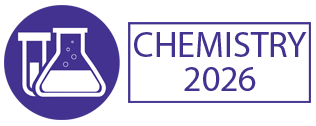Title : Adsorption behavior and mechanism of modified abies marocana trab. Needles for the efficient removal of methylene blue dye
Abstract:
This study investigates the potential of Abies marocana needles as a low-cost and sustainable biosorbent for the removal of methylene blue (MB) dye from contaminated water. The needles were chemically modified using sulfuric acid (H₂SO₄) to enhance their adsorption properties, and their surface characteristics and functional groups were thoroughly analyzed using multiple characterization techniques. Key experimental parameters, including biosorbent dosage, solution pH, contact time, initial dye concentration, and temperature, were systematically optimized. Under the most favorable conditions, the modified A. marocana needles (AMNS) achieved a remarkable MB removal efficiency of 96.53 ± 0.02%. Kinetic modeling revealed that the pseudo-second-order model provided the best fit for the adsorption process, while the Freundlich isotherm accurately described the equilibrium data, suggesting multilayer adsorption on a heterogeneous surface. Thermodynamic analysis confirmed that the adsorption was spontaneous and exothermic in nature. The mechanism of adsorption was attributed to electrostatic interactions, hydrogen bonding, π–π interactions, and pore-filling effects. Moreover, the reusability tests demonstrated that AMNS retained high efficiency after regeneration with 1 M H₂SO₄, underscoring its potential as an eco-friendly material for wastewater treatment. Overall, this work highlights the promising role of A. marocana needles in mitigating dye pollution and promoting sustainable water purification strategies.
Keywords: Abies marocana, biosorbent, methylene blue, adsorption, water purification.




